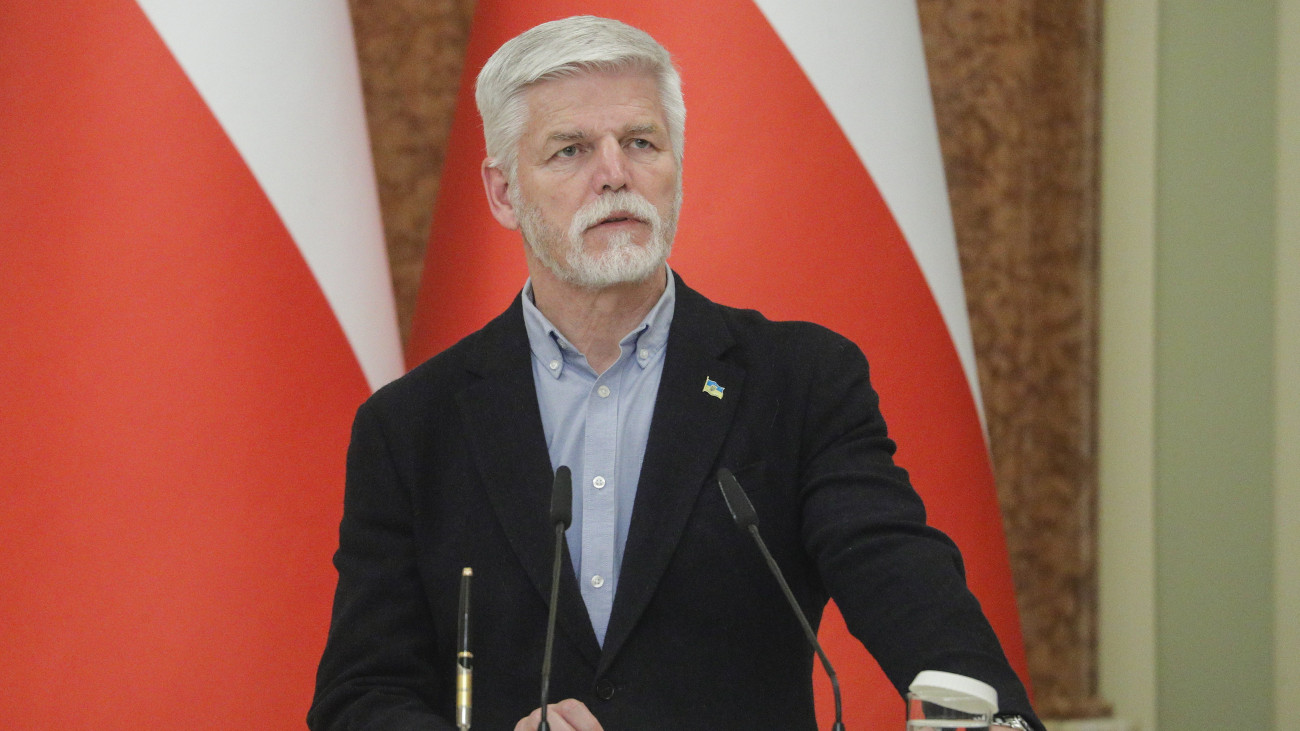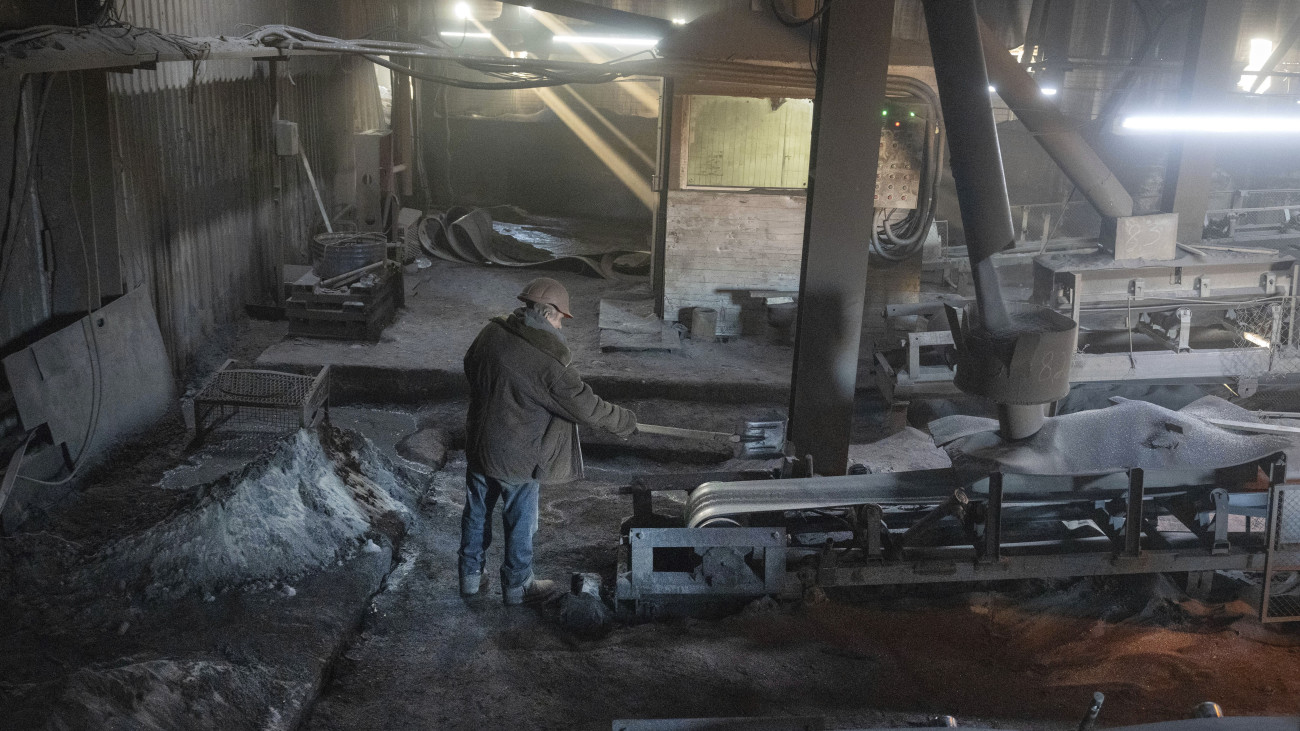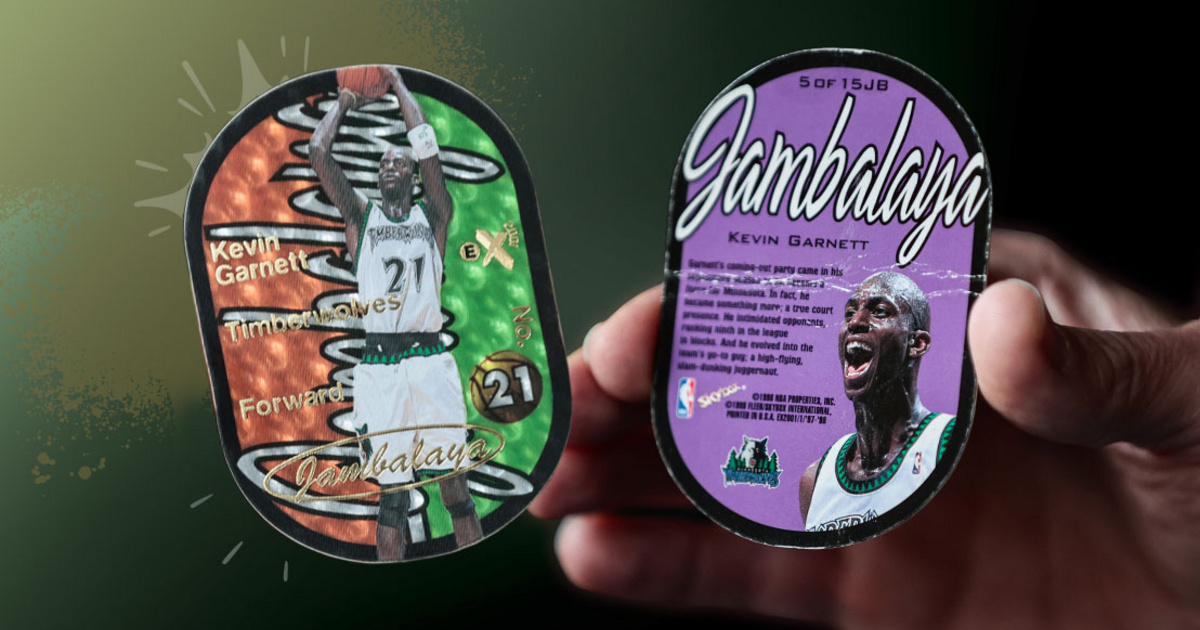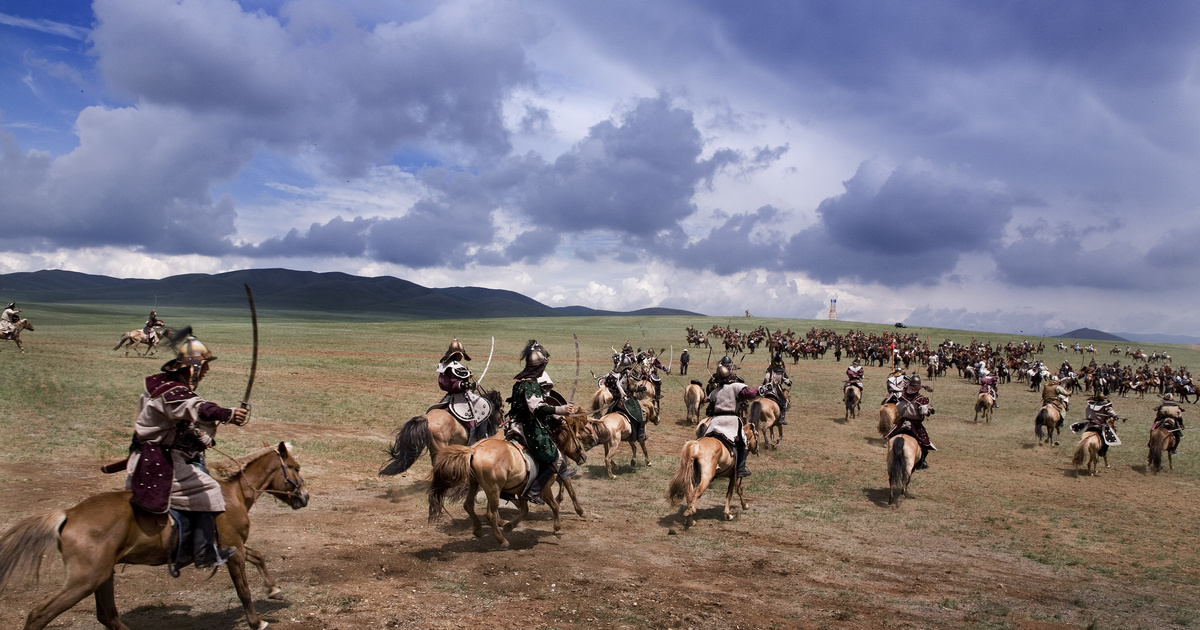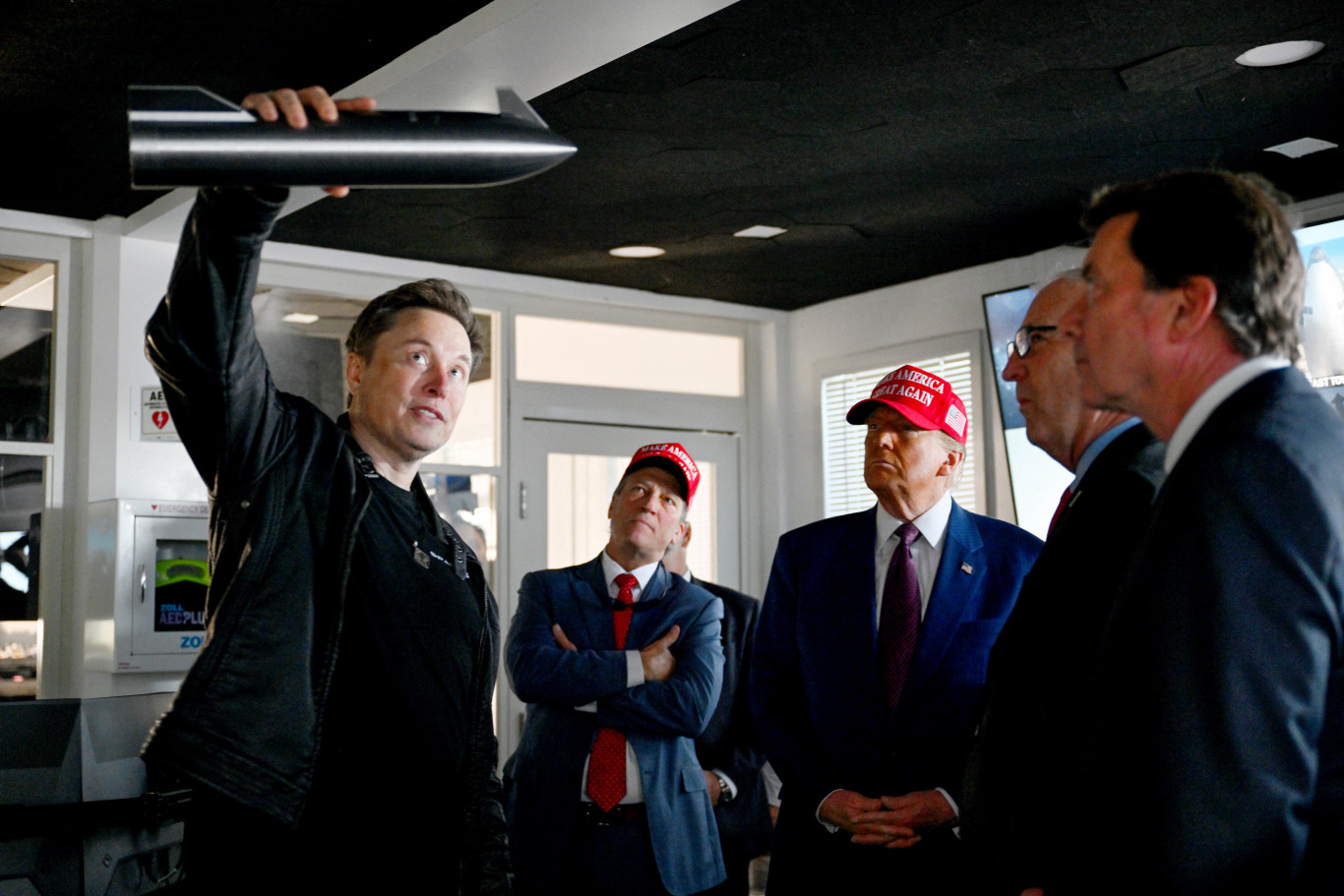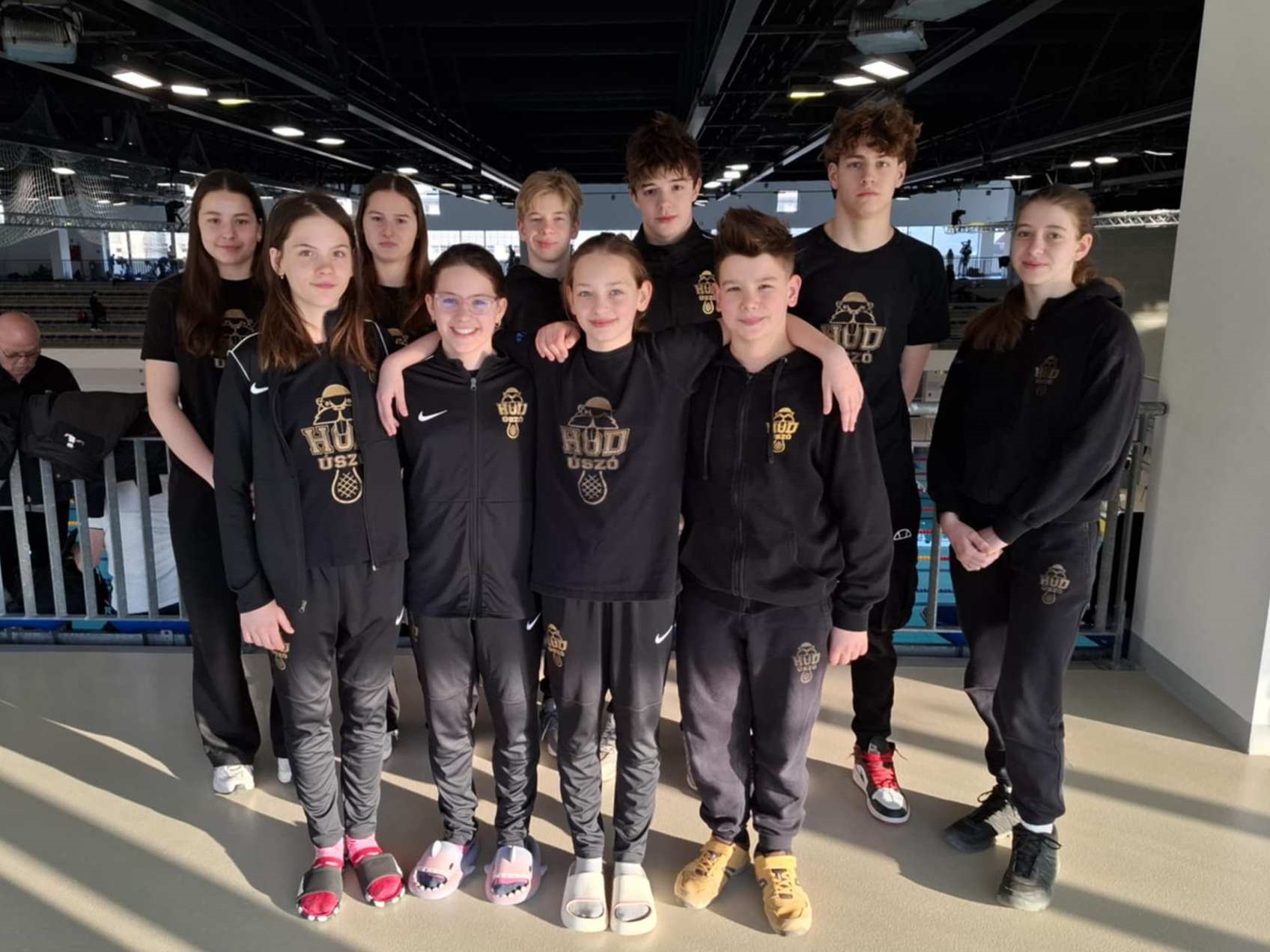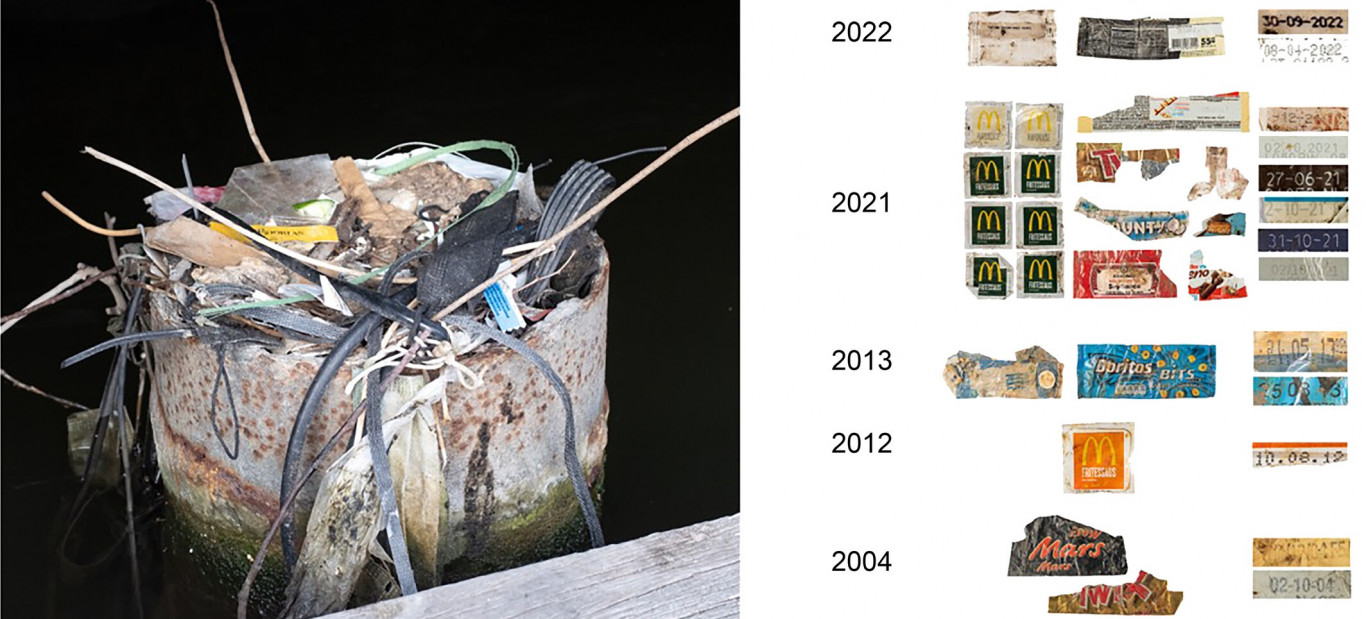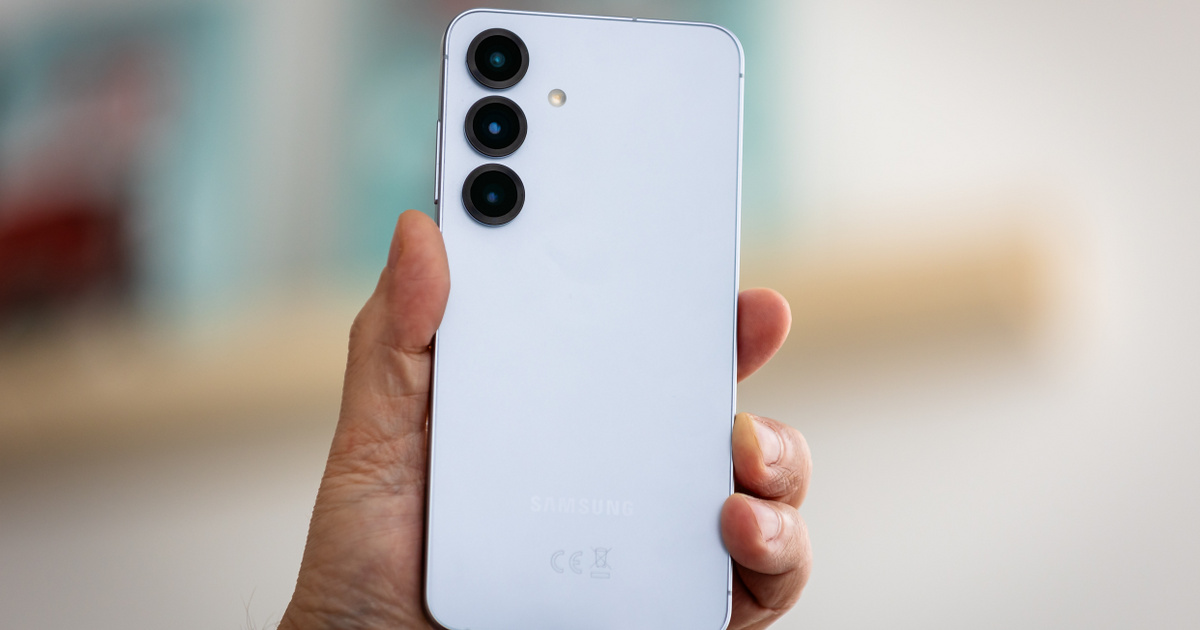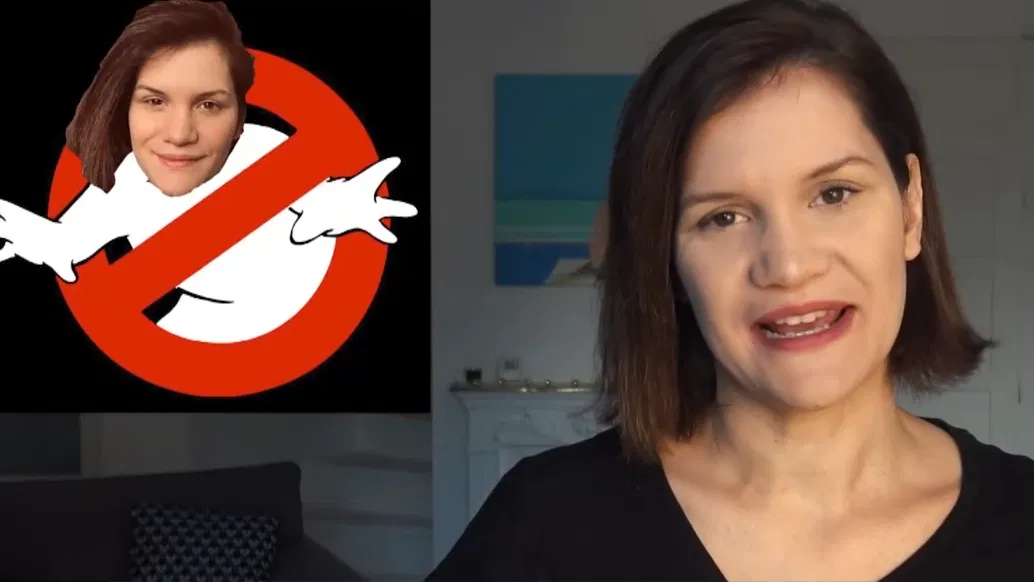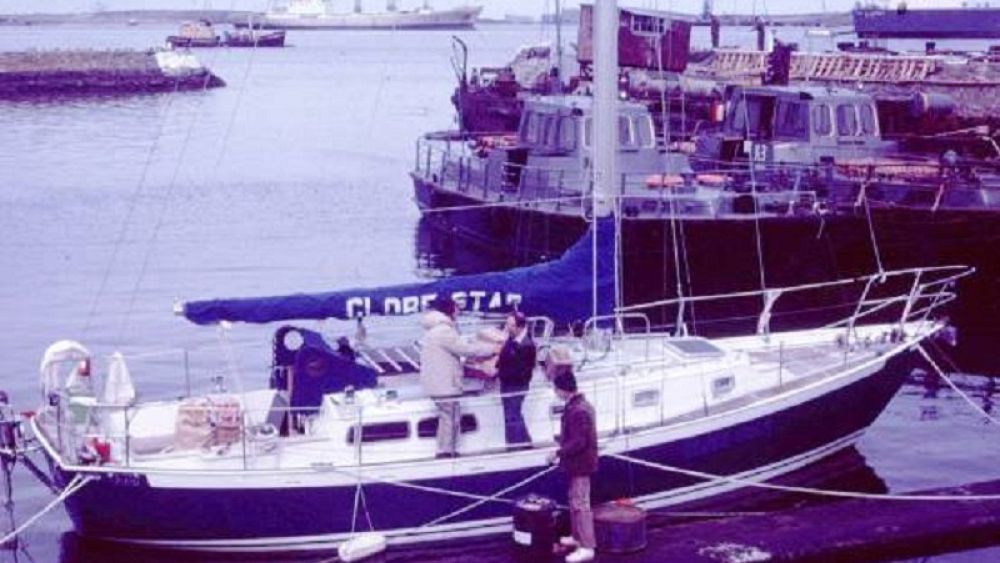There are people who got lost in their hometown without a GPS. And there was a man orbiting the Earth without a compass.
Marvin Cramer was the first man to circumnavigate the planet on a 36-foot (about 12 m) sailing ship without using a compass, a sixth, and a map. The legendary sailor died at the age of 104, but he might have lived much less had he not been a professor of geography at the University of New Jersey. The retired teacher knew of the sun, stars, currents of the sea, and the living world.
Kramer set out on a world tour on December 21, 1982, and spent the next 510 days on a metal object cutter called the Globe Star. During this time, it sailed nearly 30,000 miles. He also cannot explain himself why he did such a thing at the age of 68. At a college lecture in 2012 at the age of 93, he clarified the idea by waking up on it one night and “totally mesmerized” by the thought.
The cruise began on the Delaware River, opposite Philadelphia. At first, they only went to Cape May, where they waited a few days for the right weather, and then sailed through Dakar all the way to Cape Town. From there, they made stops in Australia (Hobart and Sydney, ended up in Wangara, New Zealand, reached Cape Verde by touching Cape Horn and the Falkland Islands, and returned home on May 17, 1984 by touching Cape Bermuda.
The professor was not unfamiliar with the terrain, he had been between Cape May and Bermuda and had previously sailed to Ireland, the Azores and Senegal as a freshman.
The geographer not only taught, but also understood the signs of nature. The color and temperature of the sea water, and the presence of certain types of birds and insects, helped determine its destination. Although side sailing is not a honeycomb, even with current satellite navigation systems there were indeed reliable maps, clocks, and radios in Kramer’s time, but the professor didn’t even use them.
Before the big voyage, in an interview with The New York Times in 1978, he said that the ancient sailors did not have navigation devices either, but were not afraid to sail. Six years later, he wasn’t afraid to cross the oceans in the same way. Yet nobody but his wife thinks the twelfth. The compass was invented in the 18th century, or without the sextant in use since the 16th century, this can work.
However, when they returned home, he selfishly said, “This is a small setback for humanity.”
However, the journey was arduous: in intense storms, the ship would nearly capsize at times, at other times they stood for days in complete silence and fog – in which case the frozen horn of the unstoppable tankers caused some excitement. Not only did that require design, but it also required an excellent sense of practice: Once their router broke and Creamer carved a temporary connector out of a camera tripod.
He might have learned this ability from his father, who grew potatoes until the 1920s, but when agricultural machinery became popular, he couldn’t compete with prices with modern farms. Instead, think of a bold move and turn to machinery repair. Born in 1916, the young Kramer spent most of his youth staring at the stars, but during the global economic crisis, he learned what poverty was: he took on all kinds of businesses, fixing cars, selling life insurance, and digging graves. He finally graduated as a teacher in 1943, eventually earning a steady salary. But he still enjoyed watching the stars, and in his spare time he would go fishing with a small speedboat. Meanwhile, he learned a lot about geography, and in the seventies he became more and more ready for the great voyage: he sailed to Bermuda several times, studied the currents of the sea, the living world, and observed where and what was happening. So by 1982, he was so confident of it, even when everyone laughed at his idea.
At his wife’s request, he also took a sextant, a radio, a compass, and a witness with him, but he took them home without opening it at the end of the trip. He took a lot of food with him to the long sea stages, although this mainly meant canned meats and eggs wrapped in Vaseline.
One story helps to understand navigation without navigation: Kramer and his companions often found themselves in a completely calm environment with no wind, no waves, and no sea current, so they had no idea where they were. But a sailor opened a sunroof and the hinge squeaked differently from the one on the other side of the ship. From this, Kramer concluded that the hinge dried out, and this could only happen due to the dry air coming from Antarctica. So he already knew that the side of the creaking joint had fallen south.
Kramer has been watching these little signs all his life. He was out sailing even in his 90s, and his old knowledge always took him home safely. He said he was not interested in modern technology, and did not even want to learn.
The professor passed away at the age of 104 in the summer of 2020.




